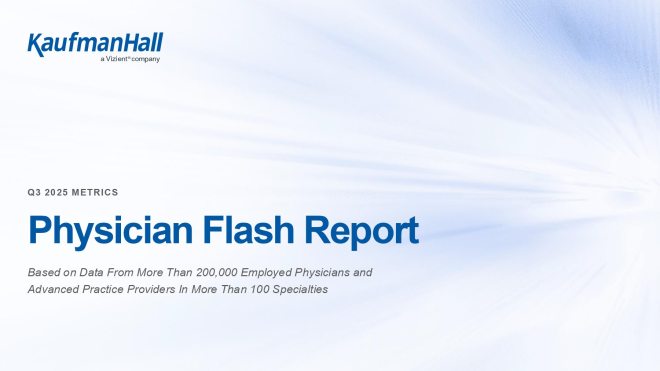Earlier this year, Ken Kaufman published two blogs detailing the importance and complexity of solving the access problem—the confounding difficulty that health systems have in getting patients through the front door. Operational issues in access are myriad. So are the tactics to resolve them. But if systems look closer, they’ll find that access isn’t a tactical matter. It’s a strategic one stemming from an uncertain or opaque leadership structure.
Access, like many aspects of health system management, is a fragmented process. It grew organically, stitched together by short-term fixes assembled reactively without cross-functional coordination. Access in many systems is a distributed operation that occurs across multiple pieces of the system, spanning contact centers, referral systems, clinic schedulers and front desks.
The result is a labyrinth for patients to enter and navigate. Patients get frustrated, and too often they skip appointments as a result. Handoffs are dropped, work is unnecessarily duplicated and preventable delays stack up. This leads to lost opportunity to serve the community, not to mention lost revenue.
One solution for systems seeking to escape this vicious cycle: centralizing access by establishing a dedicated leader—one who is responsible, and accountable, for making sure patients can easily make and keep appointments and return for follow-up.
The overburdened contact center
Contact centers are often the focus of blame—left to clean up the mess of breakdowns in the access process. Mismanaged referrals, clunky or confusing scheduling processes, poorly deployed digital tools or failed checkout and follow-up workflows in clinic all result in patients reappearing in the contact center queue. Contact center staff are then left managing patients who never should have had to call them (sometimes repeatedly) in the first place.
These issues stretch the contact center’s capacity and scope, such as a patient calling with a billing question because of poor revenue cycle processes elsewhere. Moreover, contact center leaders are often held accountable for system access metrics even though they have limited control over the upstream or downstream access issues driving patients to them.
These operational inefficiencies lead to overburdened contact centers. But they also mask a deeper structural flaw: because access is so diffuse, singular leadership is not clear. The multiple functions that create “access” are being managed in isolation and without strategic direction, resulting in a fractured patient journey. Contact center leaders may try to bridge the gaps, but they typically lack authority to influence scheduling practices, referral workflows or information technology (IT) configurations. Their teams are left managing symptoms, not solving root causes.
The technology is rarely the problem. Most health systems have access to capable scheduling and referral tools. But these tools often are inconsistently implemented, misaligned with actual workflows or used in ways that create more confusion than clarity.
Disconnected systems, disjointed experiences
Establishing a dedicated access leader, who has responsibility for the wide swath of issues related to access and reports to the C-suite, is a structural solution to this systemic issue. This leader should be accountable for:
- Scheduling operations: scheduling and access guidelines, template management and scheduling protocols/workflows across clinics
- Contact center management: in-person, phone and digital channels
- Referral management: infrastructure, intake standardization, data tracking and scheduling follow-through
- Digital access platforms: configuration/deployment, adoption and performance oversight
- Governance: metrics, leadership structures, policy decisions and strategic alignment
Critically, this role should sit outside the revenue cycle, while maintaining close alignment with finance, clinical operations and IT.
The benefits of centralizing access leadership are significant. They include:
- Aligned incentives and accountability: One leader can align access goals across departments and break down silos.
- Improved system performance: Consistent metrics and oversight lead to fewer delays and more productive care pathways.
- Reduced redundant effort: Upstream clarity minimizes clean-up work downstream.
- Stronger technology enablement: Operational ownership ensures digital tools support, not hinder, the patient experience.
If done correctly, centralized leadership should shift access from a reactive function to an intentional, strategic differentiator.
Conclusion
With high average wait times, rising no-show rates and waning patient loyalty, patient access remains a frustration. Operational tweaks won’t solve the problem. Structural issues demand structural change.
Until a senior leader truly owns access, the burden will remain on the contact center. The system will suffer, and ultimately so will the patient. Health systems that treat access as a leadership function, not just a logistics challenge, are better positioned to deliver seamless, efficient, patient-centered care.










